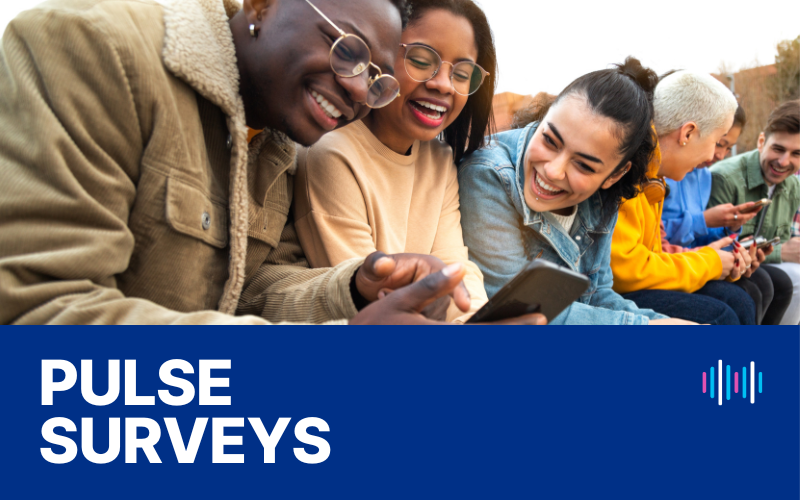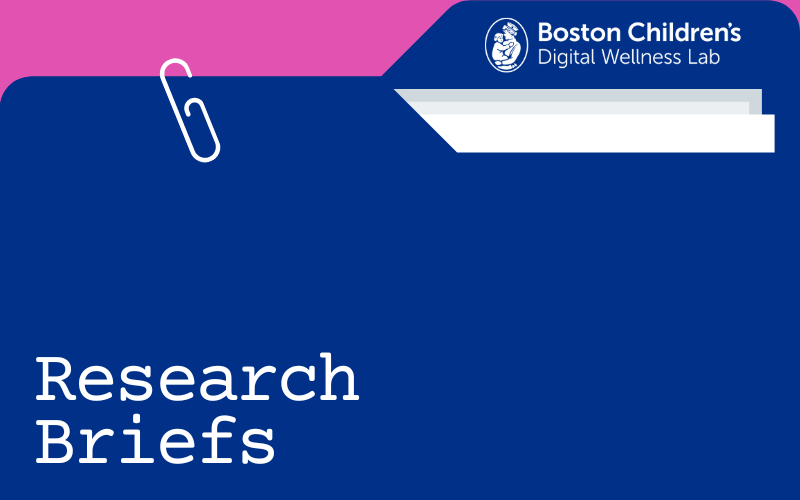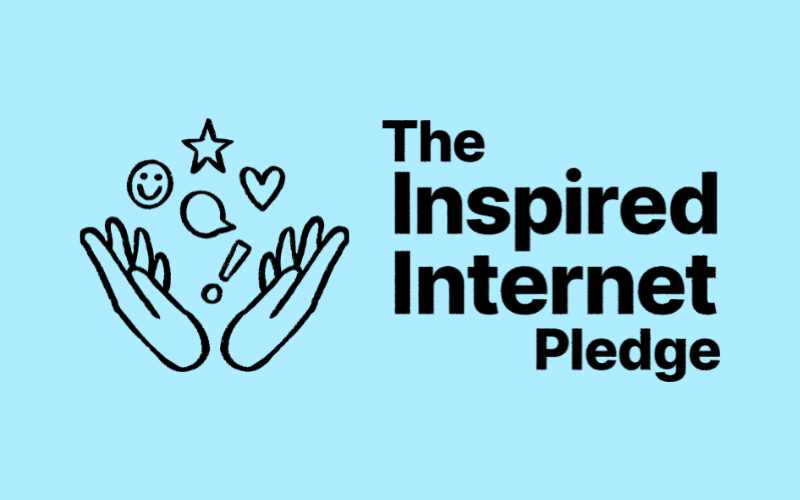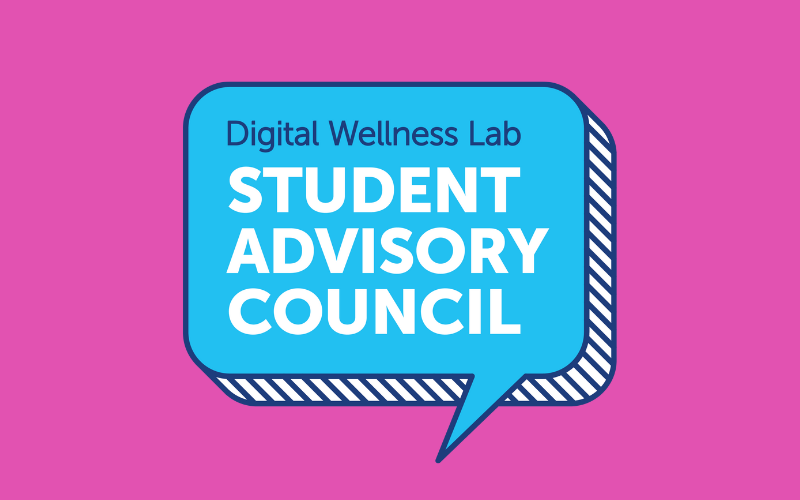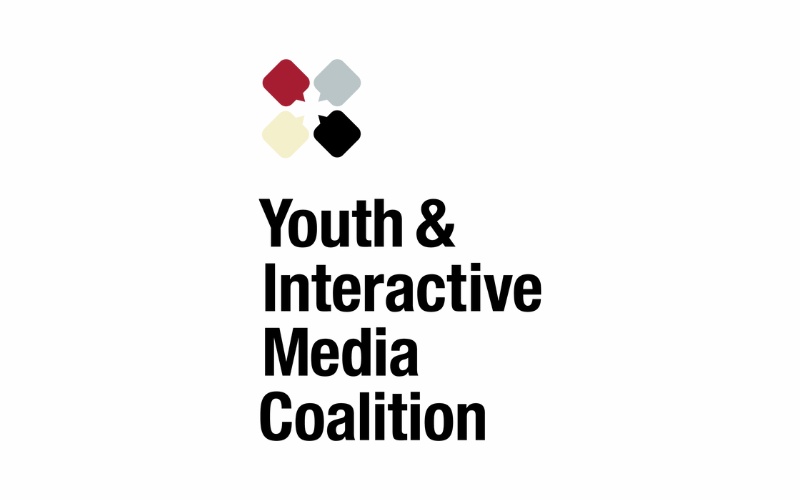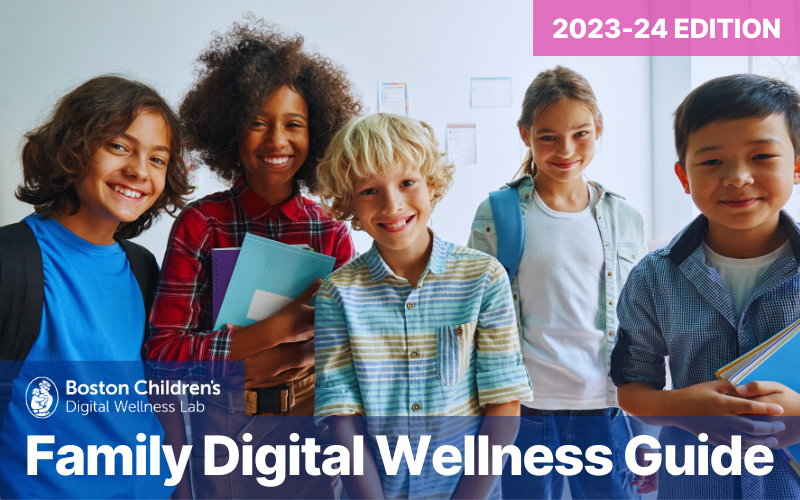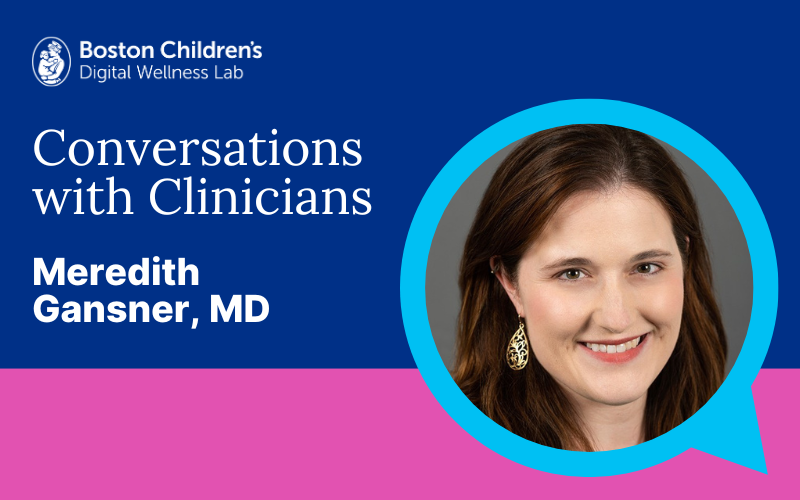Meredith Gansner, MD
Attending Psychiatrist, Department of Psychiatry and Behavioral Sciences, Boston Children’s Hospital
Instructor of Psychiatry, Harvard Medical School
What is your role at Boston Children’s Hospital?
I am currently in a dual role as a clinician researcher. I spend about 20% of my time working as an attending psychiatrist in the Emergency Department at Boston Children’s and 80% teaching and doing research for my K23 Career Development Award, which is funded by the National Institute on Drug Abuse (NIDA). Through my research, I’m working with Boston Children’s Adolescent Substance Use and Addiction Program.
What does a “day in the life” look like for you?
When I’m in the ER, I’m seeing patients and working with our team of LSWs (Licensed Social Workers).
In my teaching and research time, it’s a bit of a smorgasbord. A lot of my effort is spent getting research projects up and running and finishing up papers on prior work. I also do a lot of work with the American Academy of Child and Adolescent Psychiatry (AACAP) Media Committee, helping them with their efforts advocating for digital wellness. At Boston Children’s, I supervise child psychiatry fellows in the Adolescent Substance Use and Addiction Program, and within the HMS system, I often teach fellows and residents about high-risk youth digital media use.
What led you to this work?
When I was in med school about 10-11 years ago, I saw kids coming into the ER in a psychiatric crisis because of something that happened online or related to the use of a digital device. I got intrigued, thinking, “What is this?”
Then, during my residency at Beth Israel Deaconess Medical Center (BIDMC) and Brigham and Women’s Hospital, I started doing more research on adolescent digital media use. It took some time to find people who were interested in the topic, but I found a research project at Cambridge Health Alliance (CHA) where they were studying Problematic Interactive Media Use (PIMU) in psychiatrically-hospitalized adolescents. I worked on this project throughout residency, and then during my child psychiatry fellowship at Cambridge Health Alliance, I began undertaking more formal research in PIMU. At the end of my clinical fellowship, I was awarded a two-year psychiatry research fellowship to study PIMU in youth in mental health treatment using a smartphone application that tracked their digital habits and surveyed them about their psychiatric symptoms.
However, at the end of the research fellowship, I realized that I still loved the topic of PIMU, but found myself increasingly disenchanted that it wasn’t moving much in terms of our scientific understanding. Scientists were still working trying to figure out how to define it, or whether it was even a disorder.
During COVID, I was seeing kids getting into really scary stuff online — suicide attempts due to sextortion, kids using the Internet to look up ways to injure themselves, risky online relationships, buying drugs on social media, online extremism. While PIMU is undoubtedly concerning from a clinical perspective, these high-risk online behaviors seemed far more likely to cause significant impairment and no one seemed to be studying how to address them. So, rather than continuing PIMU research, I decided that I wanted to learn more about -and design interventions for – different types of high-risk digital behaviors. With PIMU, we can help to restructure a maladaptive relationship with the internet over time, but there’s not much we can presently offer to intervene upon impulsive, high-risk digital behaviors at the moment.
I received my K23 award this past June, which funds a four-year project using digital phenotyping, smartphone technology that tracks a person’s symptoms and behaviors in real-time, to study the relationship between adolescent digital media use and substance use. Adolescent overdoses are going down, but overdose fatalities are increasing. There is growing evidence that people, including kids, are purchasing unregulated prescription medications through social media, and these pills are sometimes contaminated with lethal amounts of fentanyl. Specifically, I want to understand how online exposures to drug-related content and substance use are connected, as well as how online experiences (e.g. online racial discrimination) might influence an adolescent’s decision to use drugs or procure drugs through social media.
What are the greatest opportunities you see for kids growing up in a digitally-saturated world?
This is probably overly optimistic, but digital media can offer a unique opportunity for kids to get a better sense of their own internalizing motivating factors. What experiences drive them to do or say the things they do? What does it feel like inside when something makes them sad? Or mad?
Schools and mental health professionals are increasingly emphasizing the importance of socio-emotional learning. We want kids to have greater awareness of their emotions. Fortunately, when we’re teaching responsible digital media use, we’re also teaching children to think more about the relationship between their feelings and actions, because we want to help kids recognize their use of screen time as “a coping skill” or how feelings provoked from certain online experiences might lead to risky online behaviors. Even if kids engage in socio-emotional learning related to their digital media use, they can apply that learning in multiple facets of their lives. Once they’ve started engaging in what we call maladaptive coping skills — substance abuse, PIMU, or non-suicidal self-injury — to manage psychiatric symptoms, we’ve lost the ability to pre-emptively teach them healthy mechanisms for coping with negative feelings.
For younger kids, we are seeing the benefits of introducing the concept of emotional awareness as early as age 5 or 6 — it’s now far more prevalent in schools and in psychoeducation with parents and it can give kids the tools to be aware of, and manage, their behavior, to help them have mastery over their impulses. When kids can recognize what they’re drawn to when they’re upset, for example being more likely to buy things online or watching endless videos, they can navigate the online world more safely. If kids have the ability to ask themselves how they’re feeling and why they’re feeling that way before they act, when they get to 13 or 14, the chances of them engaging in harmful behavior in order to “cope” go down.
Aside from digital media helping to teach our kids how to be aware of their emotions, there is also a tremendous opportunity for digital media to help with adolescent identity formation. Figuring out “who you are” is a pivotal part of adolescence, and social media platforms can offer teenagers a chance to connect and engage with other like-minded individuals, as we’ve seen in pioneering social movements like March for Our Lives.
What are the greatest challenges you see for kids growing up in a digitally-saturated world?
This isn’t really necessarily a direct problem for kids as much as adults – but we have to accept that we can’t regulate media use and platforms in the way we would like. People have developed this idea that we can make adolescent social media use “illegal,” or ban specific digital content, but that won’t end well…kids are going to find a way to access social media, and banned content always finds a way to “get around” being blocked. We keep trying to patch up holes in a leaky dam by saying, “This will work, we’ll ban it!” And I get it, because that’s also the easy fix. But we need to stop pretending that what we’re currently trying to regulate is working.
Digital media innovation is moving too fast for that level of regulation to be feasible. The pace is a huge challenge. We need to teach kids how to navigate the Internet safely, but we’re falling further and further behind. Social contagion isn’t new, social media is just a faster way for it to occur. Researchers and clinicians tend to focus on a specific “platform du jour” and think that we have to learn about this new platform and how it’s different from the others, and regulate that platform, but it’s not the new platform that’s the problem -— TikTok and Myspace have had the same exact social contagion issues -it’s the rate that digital media is evolving.
Another significant issue is that kids don’t necessarily understand how social media works. They don’t understand how the platforms have been designed to keep the user continuously engaged. Or that the content they’re seeing has been selected for them through an algorithm, which then inadvertently limits how diverse their information stream is, subsequently narrowing their worldview.
These are the biggest challenges: adults seeking easy solutions for problems created by digital media, the pace that the technology moves at, and the fact that kids have access to an impressive and powerful tool without knowing how it works.
“We have to accept that we can’t regulate media use and platforms in the way we would like… We keep trying to patch up holes in a leaky dam by saying, “This will work, we’ll ban it!” And I get it, because that’s also the easy fix. But we need to stop pretending that what we’re currently trying to regulate is working.”
How would you change or design technology and/or media to be healthier for kids across the developmental span?
I don’t know that I would design the platforms kids use differently. I totally get that the way developers design them is the same as they design video games, news sites — it rewards clicks, not necessarily accurate or healthy information. I don’t know if it’s feasible to design them in a way that isn’t somehow motivated by money — why would any for-profit company want to bother creating something that wouldn’t maximize profit? Again, I personally don’t think that it’s a realistic solution to expect digital media companies to make their products healthier.
I would, however, change how we conceptualize tackling the problem. We give lip service to digital literacy, emotional regulation skills…but we put a lot of that on school systems to figure out all on their own. It’s a mess. I’ve spoken to people in the political realm and it’s clear that they don’t feel they have the ability to do anything to help their school systems, to standardize the process. So, schools are left with a hodgepodge of different digital literacy curriculums or outside consultants who are well-intentioned but are promoting programs that haven’t yet been “tested” in a meaningful, systematic way at a larger scale. Rather than expecting the technology to change, we need to do a better job of helping community-based systems teach our kids how to navigate the Internet safely. We need to be testing and standardizing school-based curriculums, piloting community-wide psychoeducation opportunities for parents, so that we can better support those people who are responsible for guiding the kids (e.g. parents, teachers).
What guidance or advice do you have for parents and other caregivers to help kids to build and maintain healthy behaviors around digital media and technology?
The first piece of advice I would offer is to start early, but also know that it’s never too late to start. It’s never too late to talk to your kids about the devices they use, the things they see online, and how those things make them feel. If we can do a better job of providing psychoeducation to caregivers early on — teaching them the importance of monitoring their own digital habits and how a caregiver’s relationship to digital devices impact their children’s future relationship with devices, they’ll be better able to teach their kids responsible digital media use — that would be a good place to start.
“It’s never too late to talk to your kids about the devices they use, the things they see online, and how those things make them feel.”
Once you have solidified a kid’s curiosity about their relationship with digital media, an awareness of how they use digital media, everything is easier after that. Those same basic skills are what you’ll build upon throughout a child’s development. As a child advances cognitively, they’ll engage in different kind of online activities, so the type of digital media use parents focus on talking about with their kids will change, and they might be able to start asking their kids more abstract questions about digital media use, but the core principles of healthy digital media use remain the same, so addressing it early is key.
Here at the Lab, we welcome different viewpoints and perspectives. However, the opinions and ideas expressed here do not necessarily represent the views, research, or recommendations of the Digital Wellness Lab, Boston Children’s Hospital, or affiliates.

